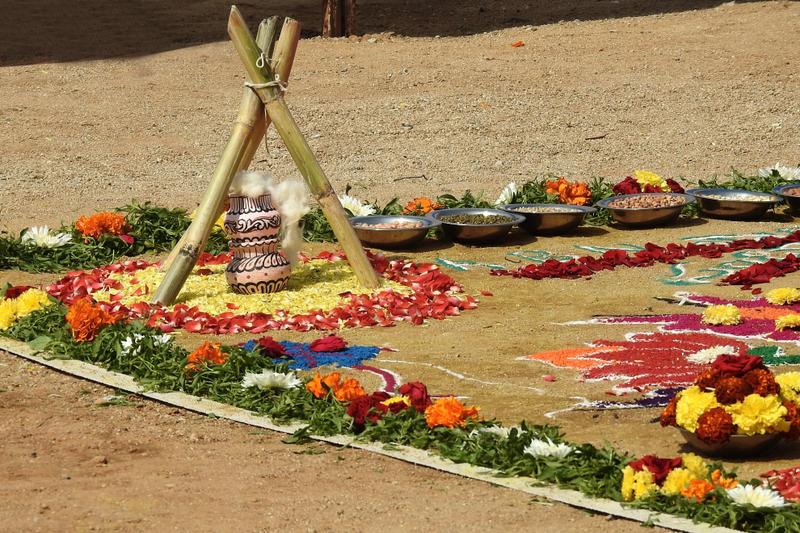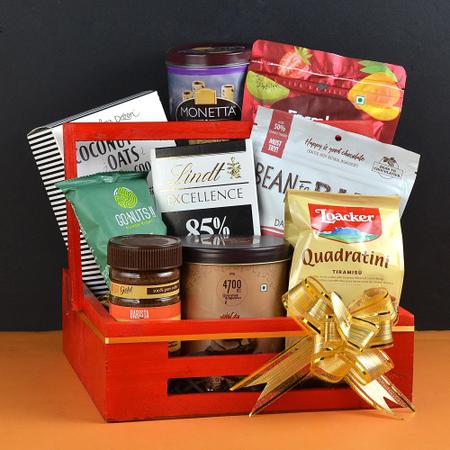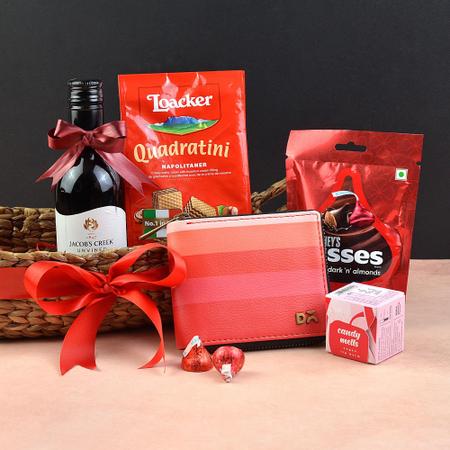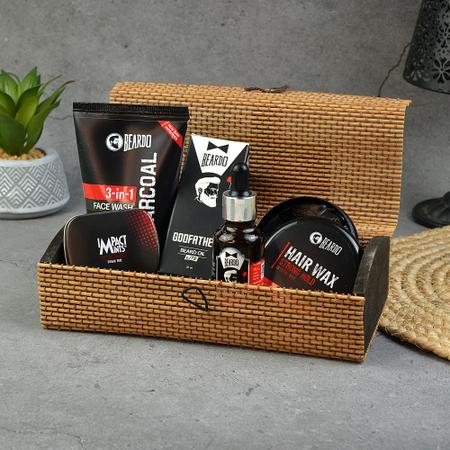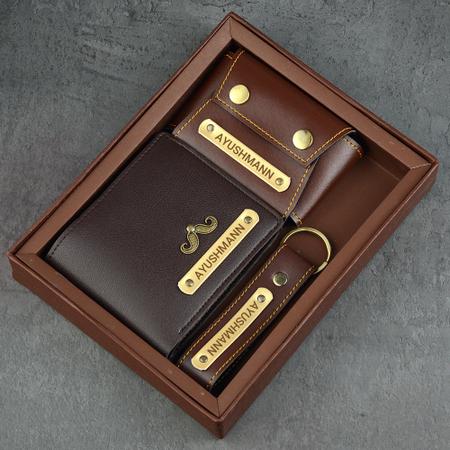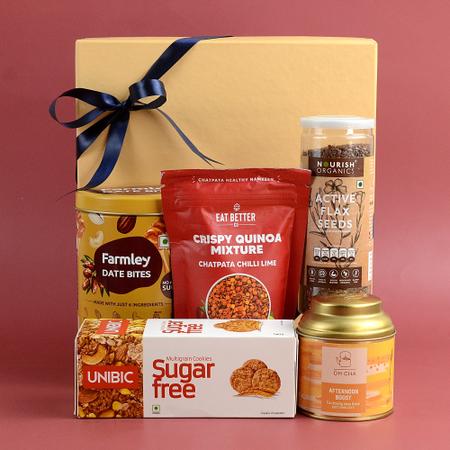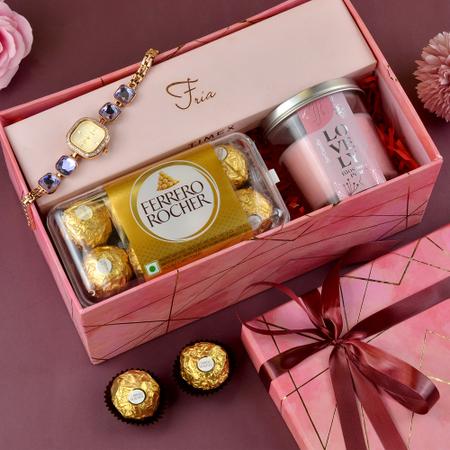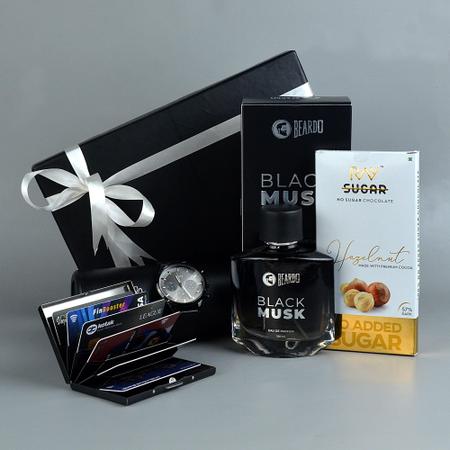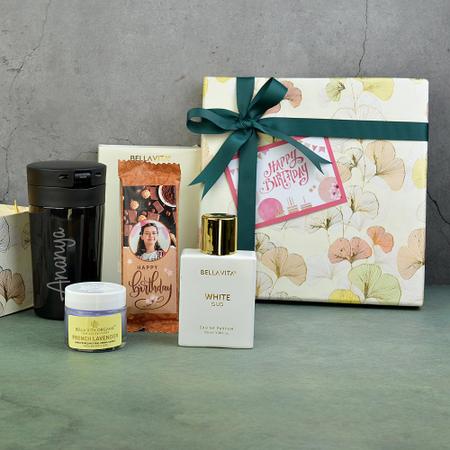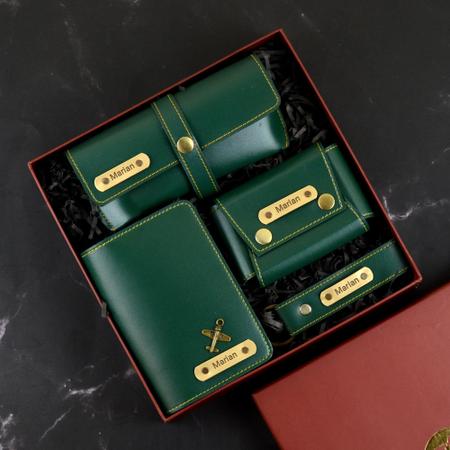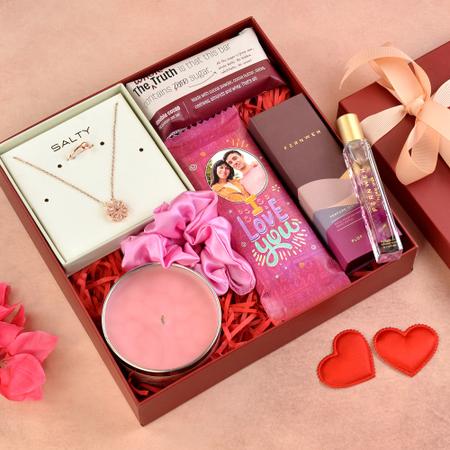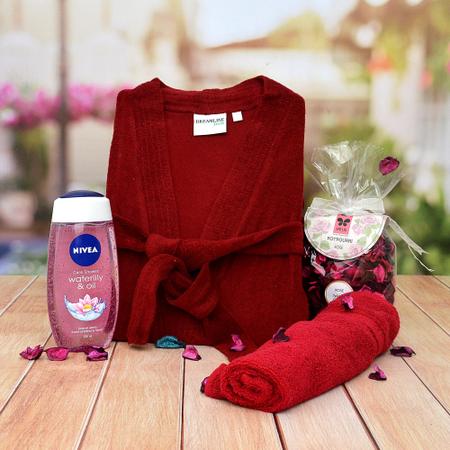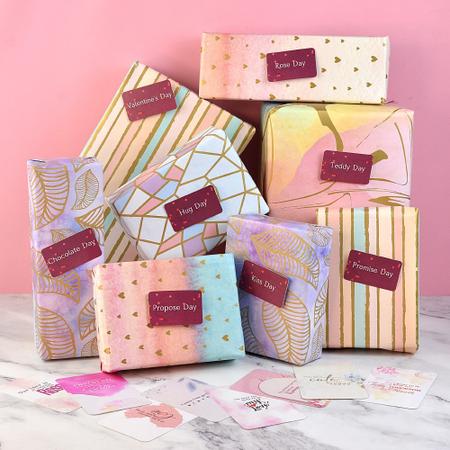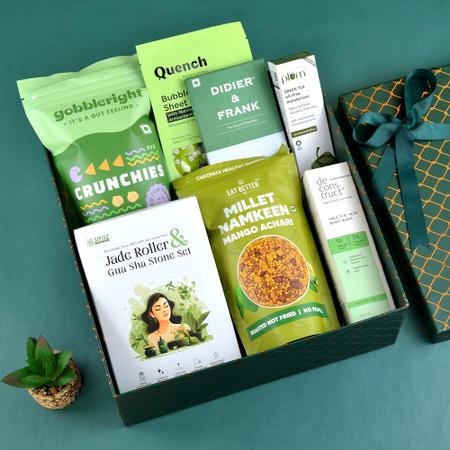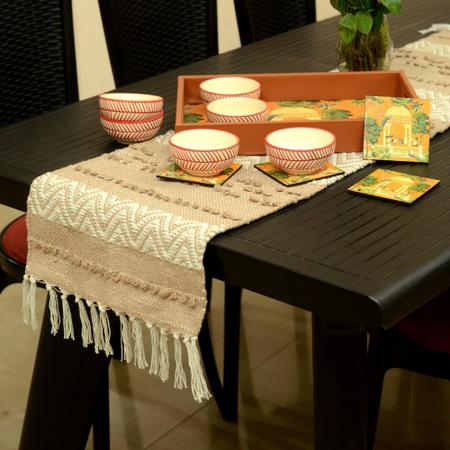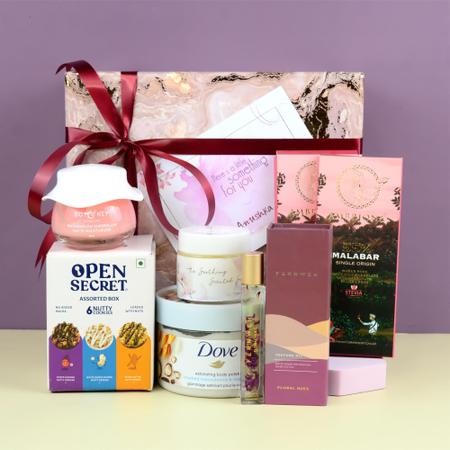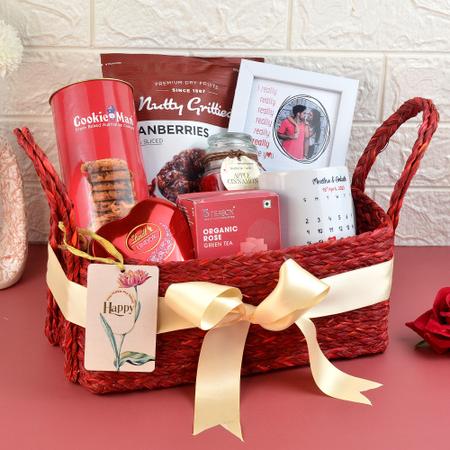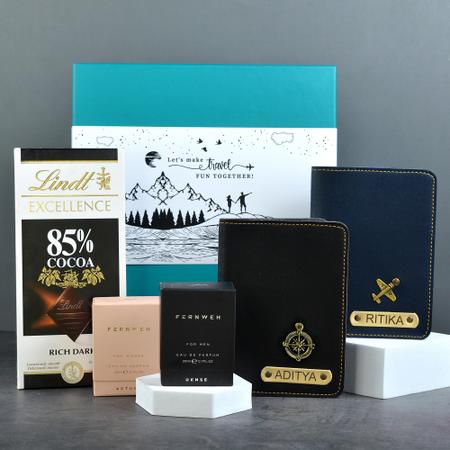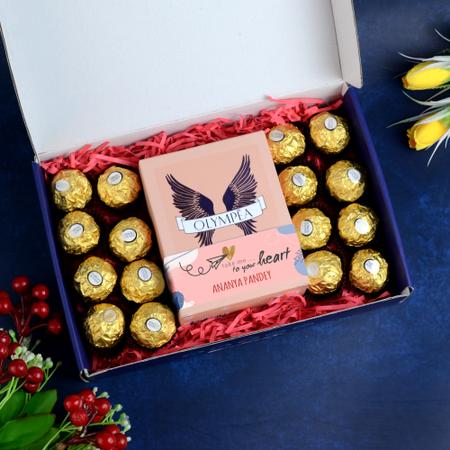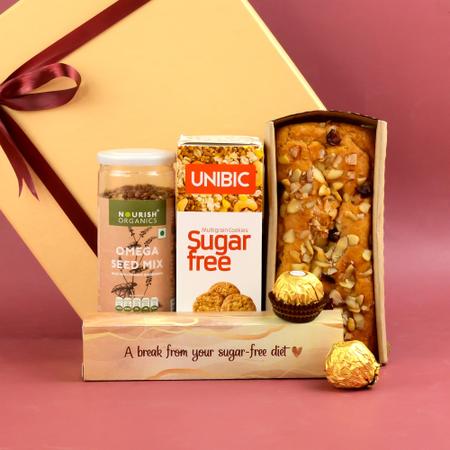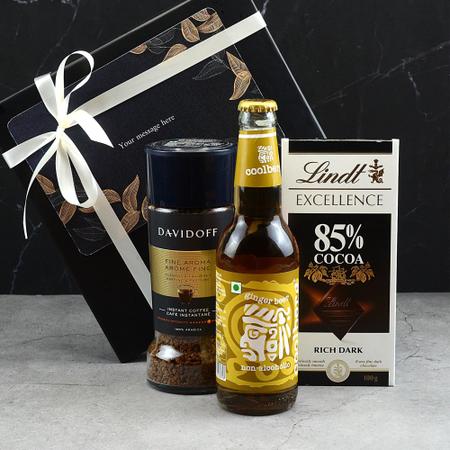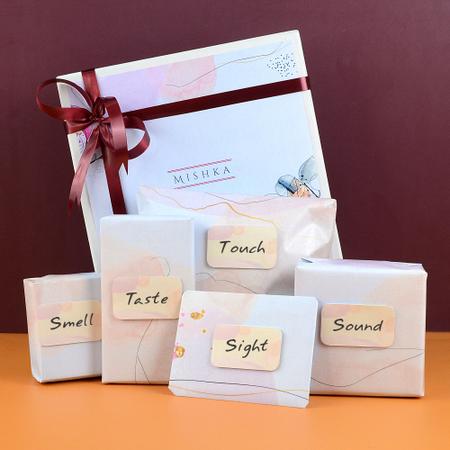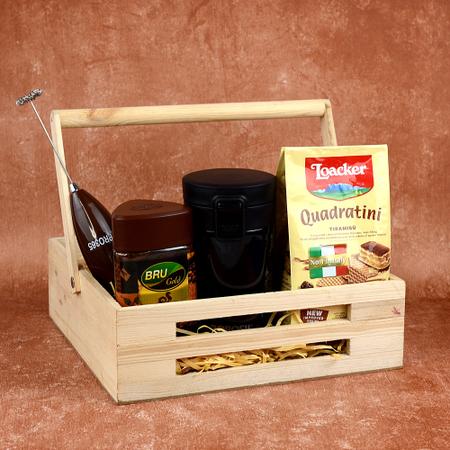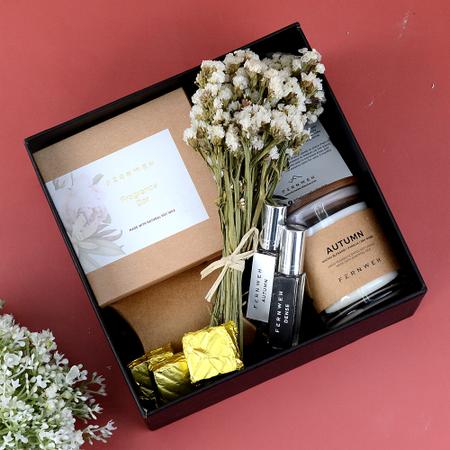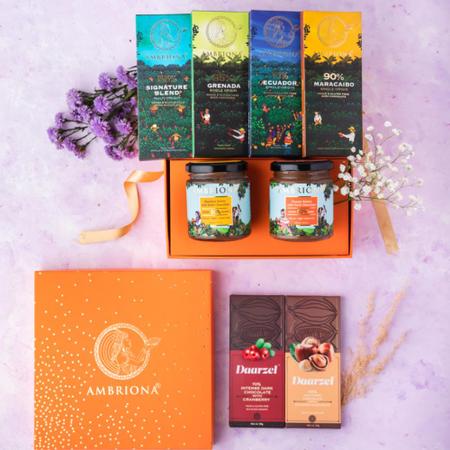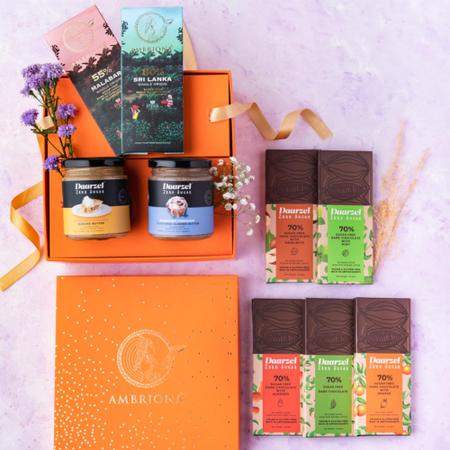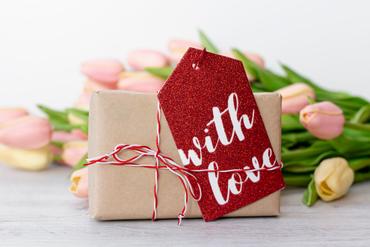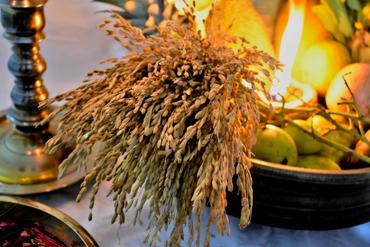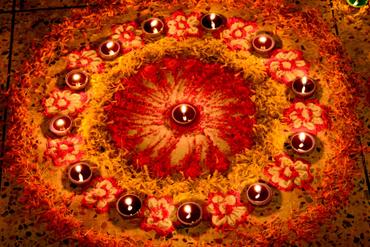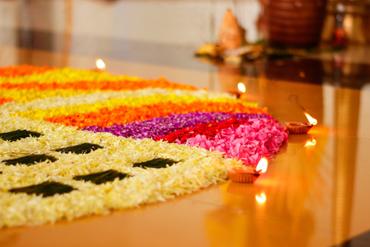Pongal is celebrated in the southern part of India, especially in Tamil Nadu where it is celebrated as the harvest festival. It marks the end of chilly winters when the Uttarayan commences. This entails the journey of the sun towards the North which is considered as a very auspicious occasion. Many look for Pongal gift ideas to send gifts to India from the USA as it is a tradition to send sweets, flowers, chocolates, and dry fruits as gifts to your family, friends, and relatives. We have here some Pongal gift ideas and a walk-through of Pongal which is celebrated for three days and each day has a special significance to it. Let us explore the gifts.
The festival of Pongal is celebrated for four days. The distinct days have distinct meanings and significance. We have explored the significance of each day along with the rituals that is followed by them. The various customs and rituals that are associated with it are as follows.
The most important ritual is to clean the house and the entire area around it. Kolam is an important ingredient of the Pongal which is made out of rice paste. Colourful kolams are also drawn. Another custom is consuming sugarcane on that day after bathing and wearing new and fresh clothes.
The first day is called Bhogi Pongal where people worship the Sun God, Surya, and Mother Earth. The first paddy harvested is cooked to make rice which is cooking rice with milk which is a special ritual of this occasion. This is celebrated to worship Lord Indra, the rain god. Indra is revered because it is believed he bestows good harvest. On this day, people ritualistically discard or destroy old clothes into a bonfire made of wood and cow-dung cakes. This is symbolic of ‘Thai.’ ‘Thai’ marks the start of a new cycle, a new year in January. In ‘Thai,’ people draw ‘Kolams,’ which are floral designs made of rice made in front of houses. People also perform special offerings before they cut the paddy and smear their tools with sandalwood paste and worship the earth and sun. Moreover, people get ready for the next day by bringing a fresh harvest of rice, turmeric, and sugarcane. In addition, there is a lot of merry-making, singing, and dancing. Girls perform dances and sing songs in God’s praise, spring and harvest.
This is the second and most important day of the festival which is devoted to the Surya Devta. On this day the Sun God is worshipped along with his consorts - Chaya and Samganya. People wear new clothes on this occasion and throw old clothes and food into a large bonfire. They sing and dance around the fire to commemorate the festival. The second day of Pongal also marks the worship of the sun god, Surya. This is why this day is called ‘Surya Pongal.’ Women clean their houses in the morning and decorate the front porches with kolams made of rice flour and red clay. People prepare for third-day celebrations as well. Decorations are made with sugarcane pieces, flowers, and turmeric plants. The second day starts with boiling milk early in the morning. It is allowed to boil over the pot to symbolize the richness of sorts in life. Sweets made of milk and sugarcane are prepared and distributed among friends and relatives.
The third day is called the Mattu Pongal where animals involved with the agricultural community like cows, bullocks, etc. are worshipped. They are cleaned, bathed, massaged, and made to wear bright vibrant clothes made especially for them. he third day of the Pongal celebration is called the Mattu Pongal. This day is all about appreciating animal life and its importance in day-to-day people’s life. People thank cows and buffalos since they are used in plowing land. Farmers worship the farm animals who help in growing a harvest. They bathe the cattle, paint their horns, cover them with metal caps and decorate them with multi-colored beads, tinkling beads, flower garlands, and a bunch of corn around the necks. People touch the animals’ feet and smear their foreheads with Chandan and kumkum. The animals are fed the traditional Pongal made from new rice, moong dal, and ghee.
The fourth day of the celebrations is dedicated to visiting friends and relatives. Puja is performed by the women of the house to bring prosperity and happiness and well-being to the house. The last day of Pongal is all about celebrating togetherness with the people you love. This is called Kaanum Pongal. 'Kaanum' means, to view, and as the day indicates, it is the occasion for the family members to visit each other's families. On this day, families spent time together, even going out on picnics. Relatives visit each other’s houses and exchange gifts. There is respect and love in the air. Younger family members pay respect and homage to the elder members; the elders show their love and compassion by giving money to the younger members.
Sending gifts to India for Pongal has never been easier with this online gifting portal. Sweets and Mithai Hampers are appropriate options. You can mix it up by adding a sweet and savory assortment. Flowers are the safest and most beautiful medium of conveying good wishes and love. Flowers make a great standalone gift and also add charm to any gift hamper. Sending real plants and plantlets also makes for a great gift. They symbolize good fortune and success in the days to come. Cakes are another gift idea that is appropriate for the whole family. You can sweeten your relationships by gifting a vanilla cake, a butterscotch cake, or a bar of dark chocolate and make this occasion a memorable one for your loved ones. Last but not least are the gift cards. While these may not seem as personal, they are definitely the way to go for the sake of variety. Your loved ones will be delighted to receive them when you send gifts to India with vouchers. You will not only bring a smile to their faces, but also be happy choosing exactly what they want.
